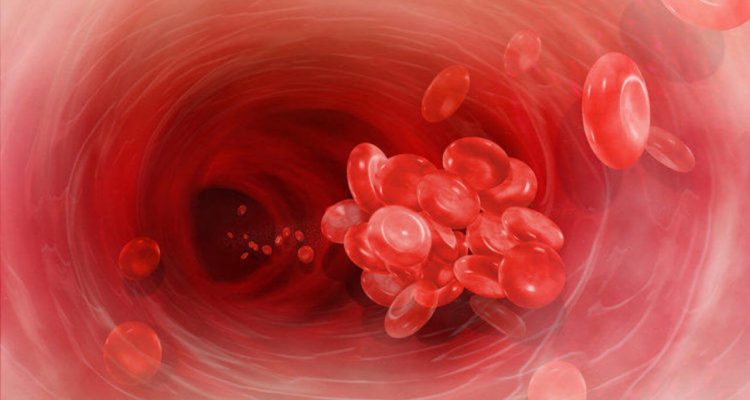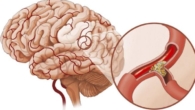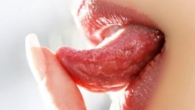
Blood clots: warning signs of “sticky blood”
1
Sticky, thick blood, otherwise known as hypercoagulation, exposes the body to increased the risk of blood clots, and also prevents the delivery of oxygen and nutrients to tissues and cells.
One of the main causes of sticky blood is polycythemia – a chronic disease in which the content of erythrocytes (red blood cells) in the blood increases. In 70% of patients, the number of platelets and leukocytes changes to a large extent.
This causes various complications (thrombosis), including heart attacks, strokes. As a rule, patients feel well at first, and changes in the blood test are found by chance. Symptoms of the disease appear later.
Some people with polycythemia do not experience any symptoms at all, which puts them at great risk because they do not care about prevention.
Symptoms of polycythemia:
p>
- headaches
- blurred vision
- redness of the skin on the face, hands and feet
- feeling tired
- high blood pressure
- dizziness attacks.
Polycythemia can also lead to stomach discomfort and problems such as nasal bleeding and bruising. The condition may worsen after a bath or shower: itching.
Examples of complications of this condition include pulmonary embolism, which is a blockage in the blood vessel that carries blood from the heart to the lungs.
Another complication can be the development of deep vein thrombosis, in which blockage of blood vessels occurs in the leg.
Warning signs of pulmonary embolism:
- Pain, swelling, redness and tenderness in one of the limbs
- Severe pain in the affected area
- Warm skin in the area of the clot
- Shortness of breath
- Pain in the chest or upper back
- Coughing up blood
- Dizziness.
What causes polycythemia?
- Overweight
- Smoking
- Alcohol abuse
- Taking diuretics
Polycythemia can be a result of dehydration, so simply drinking more water can help. That is, if you lose weight, start leading a healthy lifestyle, your condition will improve. This is apparent polycythemia.
If blood tests show that the body is making too many red blood cells, this is true polycythemia. In this case, there is a problem with the cells produced by the bone marrow that become red blood cells.
This subtype of the disease is considered rare and is usually caused by a mutation in the JAK2 gene. Affected bone marrow cells can develop into other cells found in the blood, NHS research says. This means that people with polycythemia vera may have abnormally high numbers of both platelets and white blood cells.
Although the condition is caused by a genetic change, it is not usually inherited, and most cases are diagnosed after age 60. years.









Leave a Reply